May 29, 2025 | 18:46 GMT +7
May 29, 2025 | 18:46 GMT +7
Hotline: 0913.378.918
May 29, 2025 | 18:46 GMT +7
Hotline: 0913.378.918
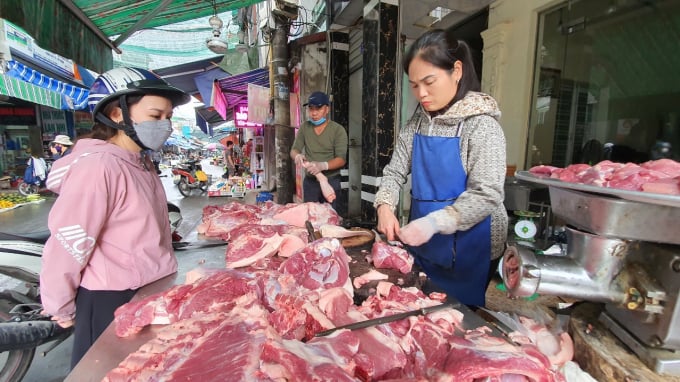
Pork prices in many provinces and cities are increasing again.
According to market surveys on the first days of 2022, currently, Northern provinces have an abundant supply of live pigs, reaching the highest price of VND 48.000/kg, only 3 provinces are able to maintain this price level: Ninh Binh, Ha Nam and Thai Nguyen.
In some locations, live pig prices dropped to VND 45,000/kg (Phu Tho), VND 46,000/kg (Tuyen Quang). In the remaining Northern provinces, cities, live pig prices vary around VND 46,000 - 47,000/kg and this is the most common price in the Red River Delta.
In the Central and Southern provinces, the common live pig prices vary around VND 47,000 - 48,000/kg. According to the Department of Livestock Production (MARD), the continuous decline in the past two weeks has caused the price of live pigs in most provinces to be sold below the cost of production.
Realizing the situation at the Conference “Developments of the market and price in Vietnam in 2021 - 2022 forecasts”, Mrs. Hoang Thi Van, Institute of Economics and Finance (Academy of Finance) thought that: the price of live pigs may increase again, but cannot exceed the threshold of VND 65,000/kg because there are no factors affecting demand to increase purchasing power.
Mrs. Van cited the fact that hog prices fluctuated strongly over the months in 2021. Specifically, In January of 2021, live pig prices increased sharply (averaging around VND 9,000-11,500/kg) compared to December 2020. After that, from February 2021 to October 2021, the domestic live pig price has decreased continuously over the months, averaging from VND 79,000-82,000/kg, down to VND 40,500-42,500/kg (depending on the locality).
In the last 2 months of 2021, live pig prices showed a trend of recovery, averaging around VND 49,000-49,500/kg in December 2021, this price decreased by 29.9% compared to the same period in 2020.
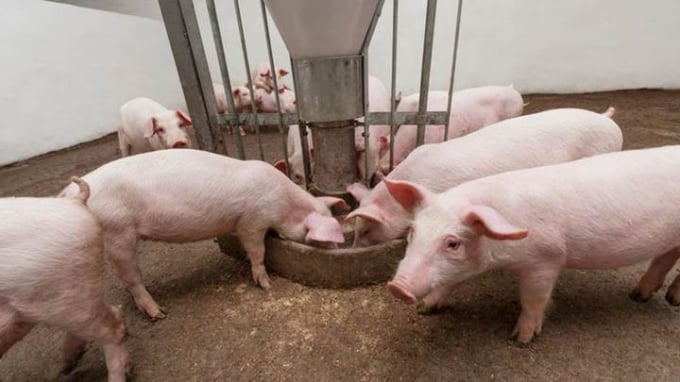
Pork prices tend to increase sharply during the Lunar New Year.
By region, Mrs. Van said that in the Northern region in 2021, the price of live pigs decreased gradually over the months (from February 2021 to October 2021). After increasing again, the price of live pig in the Northern region averaged at VND 49,500/kg in December 2021, down 39.63% compared to January 2021.
The average price of live pig in the Northern region in 2021 is about VND 62,200/kg, down 24.39% compared to 2020. The low price of live pig leads to a decrease in retail pork prices in the North.
In the Southern region, similar to the price of live pigs in the North in 2021, the price of live pigs in the South decreased sharply over the months (from February 2021 to October 2021). After increasing again, the average price of live pig in the South in December 2021 was VND 49,000/kg, down 37.97% compared to January 2021.
The average price of live pig in the South in 2021 is VND 61,900/kg, down 23.7% compared to 2020.
Some of the difficulties raised by Mrs. Van, which makes it difficult for hog prices to spike, are the low current prices even though it's less than a month away from the Lunar New Year; African swine fever has not been completely controlled, risking the disease outbreak again.
"With the current low price of live pigs, farmers are facing a lot of difficulties when the cost of disease prevention and the price of animal feed is increasing," said Mrs. Van.
According to this expert, pork prices in the market in November and December 2021 tend to increase again because after localities loosen social distancing, processing factories resume normal operations, recovering demand for pork.
According to statistics from the Department of Livestock Production, the country's total pig herds remained stable at about 28 million pigs, including nearly 3 million sows. Mrs. Van said that with this structure, Vietnam can proactively handle food sources for the end of the year if the diseases of humans and animals are well controlled.
Translated by Hoang Duy
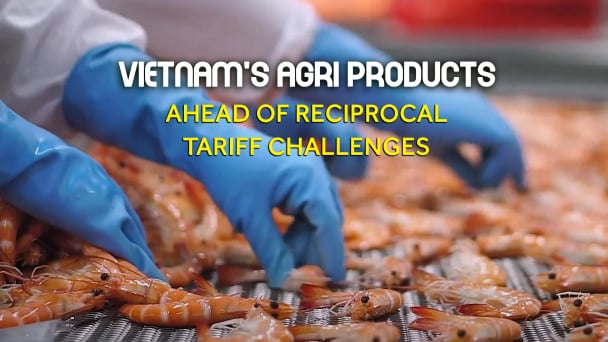
(VAN) Vietnamese shrimp exporters are actively looking for alternative markets and accelerating shipments to the United States in response to the pressure of impending reciprocal tariffs. This is occurring during a temporary tariff suspension.
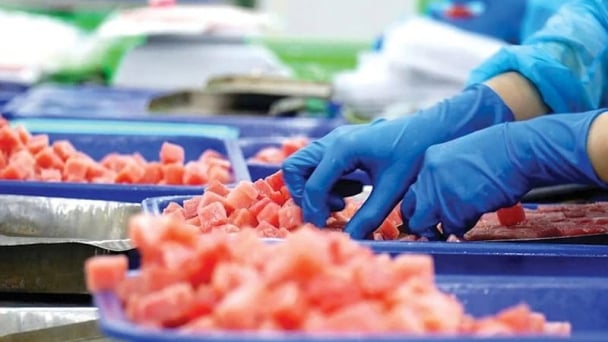
(VAN) The import-export turnover between Vietnam and Singapore rose amid a trade rebound, with machinery, electrical equipment, and fuels making up the majority of the transaction value.

(VAN) Director General of the General Administration of Customs of China, Ms. Sun Mai Jun, has pledged to implement measures that will ease the import process for Vietnamese agricultural products.

(VAN) Although Vietnam is still increasing its coffee exports, the industry is currently in the process of determining market strategies in response to the U.S. imposition of reciprocal tariffs.

(VAN) With rising demand in Muslim-majority countries, Halal certification is becoming a critical passport for Vietnamese agricultural products seeking sustainable market access and consumer trust in the Middle East and Africa.

(VAN) Vietnam’s fruit and vegetable exports to the U.S. are rising sharply, and exporters are hoping that any upcoming reciprocal tariffs will be set at manageable levels.
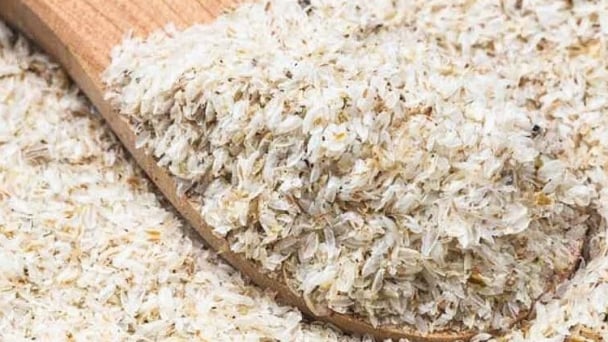
(VAN) Despite meeting quality standards, Vietnamese rice bran exporters still face difficulties with administrative procedures under the new protocol.